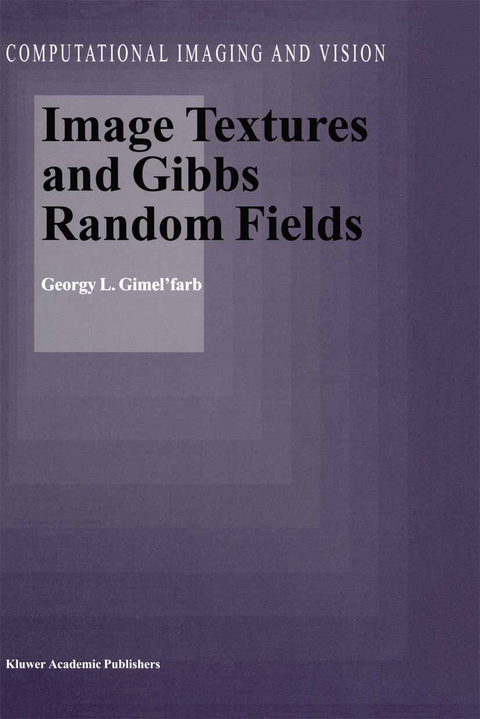
Image Textures and Gibbs Random Fields
Springer (Verlag)
978-94-010-5912-1 (ISBN)
Instead of introduction.- 1 Texture, Structure, and Pairwise Interactions.- 1.1 Human and computational views.- 1.2 Spatial homogeneity, or self-similarity of textures.- 1.3 Basic notation and notions.- 1.4 Random fields and probabilistic image modelling.- 1.5 Physics and image modelling: what an interaction means.- 1.6 GPDs and exponential families of distributions.- 1.7 Stochastic relaxation and stochastic approximation.- 2 Markov and Non-Markov Gibbs Image Models.- 2.1 Traditional Markov/Gibbs image models.- 2.2 Generalized Gibbs models of homogeneous textures.- 2.3 Prior Markov/Gibbs models of region maps.- 2.4 Piecewise-homogeneous textures.- 2.5 Basic features of the models.- 3 Supervised MLE-Based Parameter Learning.- 3.1 Affine independence of sample histograms.- 3.2 MLE of Gibbs potentials.- 3.3 Analytic first approximation of potentials.- 3.4 Most characteristic interaction structure.- 3.5 Stochastic approximation to refine potentials.- 4 Supervised Conditional MLE-Based Learning.- 4.1 The least upper bound condition.- 4.2 Potentials in analytic form.- 4.3 Practical consistency of the MLEs.- 5 Experiments in Simulating Natural Textures.- 5.1 Comparison of natural and simulated textures.- 5.2 “Brodatz” image database.- 5.3 Interaction maps and texture features.- 5.4 CSA vs. traditional modelling scenario.- 5.5 “MIT VisTex” image database.- 6 Experiments in Retrieving Natural Textures.- 6.1 Query-by-image texture retrieval.- 6.2 Similarity under scale and orientation variations.- 6.3 Matching two textures.- 6.4 Experiments with natural textures.- 6.5 Complexity and practicality.- 7 Experiments in Segmenting Natural Textures.- 7.1 Initial and final segmentation.- 7.2 Artificial collages of Brodatz textures.- 7.3 Natural piecewise-homogeneous images.- 7.4How to choose an interaction structure.- 7.5 Do Gibbs models learn what we expect?.- Texture Modelling: Theory vs. Heuristics.- References.
| Reihe/Serie | Computational Imaging and Vision ; 16 |
|---|---|
| Zusatzinfo | XIV, 251 p. |
| Verlagsort | Dordrecht |
| Sprache | englisch |
| Maße | 160 x 240 mm |
| Themenwelt | Informatik ► Grafik / Design ► Digitale Bildverarbeitung |
| Informatik ► Theorie / Studium ► Algorithmen | |
| Informatik ► Theorie / Studium ► Künstliche Intelligenz / Robotik | |
| Mathematik / Informatik ► Mathematik | |
| ISBN-10 | 94-010-5912-8 / 9401059128 |
| ISBN-13 | 978-94-010-5912-1 / 9789401059121 |
| Zustand | Neuware |
| Haben Sie eine Frage zum Produkt? |
aus dem Bereich


